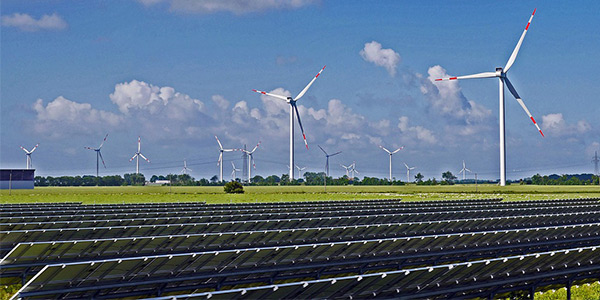By Hudson Sangree
Stakeholders weighed in Tuesday on CAISO’s second revised straw proposal to treat storage as transmission assets (SATA) for purposes of accessing market revenues.
The SATA plan deals with storage resources providing reliability-based transmission services, but it specifically excludes consideration of whether those resources are connected to transmission or distribution lines and leaves them out of the transmission planning process, for now.
During a conference call to discuss the proposal, Karl Meeusen, the ISO’s market design and regulatory policy lead, said major questions under consideration include “how to utilize [a storage resource] if it is selected for cost-of-service” recovery as a transmission asset and, once selected, how it could participate in the market to the benefit of ratepayers while ensuring it is used efficiently and effectively.
Transmission assets have traditionally fully recovered their costs through CAISO’s transmission access charge (TAC), but the ISO has proposed three cost-recovery options for regional SATA projects.
The first proposal would provide the assets full cost-of-service-based recovery with ratepayers footing the bill via the TAC. The second would involve partial cost-of-service-based recovery and allow projects to retain energy market revenues, leaving the owner with lower recovery through the TAC but more potential upside — and risk — from the market. The third would allow full cost-of-recovery with market revenue sharing between owners and ratepayers to both offset recovery from the TAC and incentivize the resource to bid into the market.
FERC said in a January 2017 policy statement that energy storage facilities should be permitted to provide multiple services and earn both cost- and market-based revenue streams. (See Storage Can Earn Cost- and Market-Based Rates, FERC Says.)
In the past few years, CAISO has weighed 27 battery storage proposals and one pumped hydro storage project as transmission assets. But it has allowed only two of the projects to move forward, including one in Oakland. Both were approved in the ISO’s 2017/18 transmission plan.
In general, Meeusen said, “We think most storage resources are [better] situated as market resources.”
Deborah Le Vine, the ISO’s director of contracts, said SATA projects would be covered under contracts that ranged from 10 years for battery storage to 40 years for pumped hydro facilities, reflecting the resources’ expected life spans, although most pumped hydro facilities last “a hell of a lot longer” than 40 years, she said.
Some stakeholder concerns have already been addressed, but those that remained include the possibility that SATA projects could suppress market prices and have limited competition.
Another concern expressed by stakeholders was whether the resources would be able to adequately participate in the real-time market; for instance, if a pumped hydro facility would have adequate time to pump water to its upper reservoir or if batteries would have enough time to charge.
Maybe storage projects could also be allowed to participate in the day-ahead market, some commenters suggested.
“I think it’s a fair comment to say [a storage project] might need more than three or four hours to charge,” Meeusen said. “We need to think about it hard.”
Meeusen and other CAISO officials asked for some of the comments to be submitted in writing.
Stakeholder comments on the second revised straw proposal are due Nov. 6. The draft final proposal is scheduled to be released Dec. 10, with a stakeholder meeting planned Dec. 17 to discuss it.
The final proposal will likely go to the ISO’s Board of Governors in early February, officials said.


